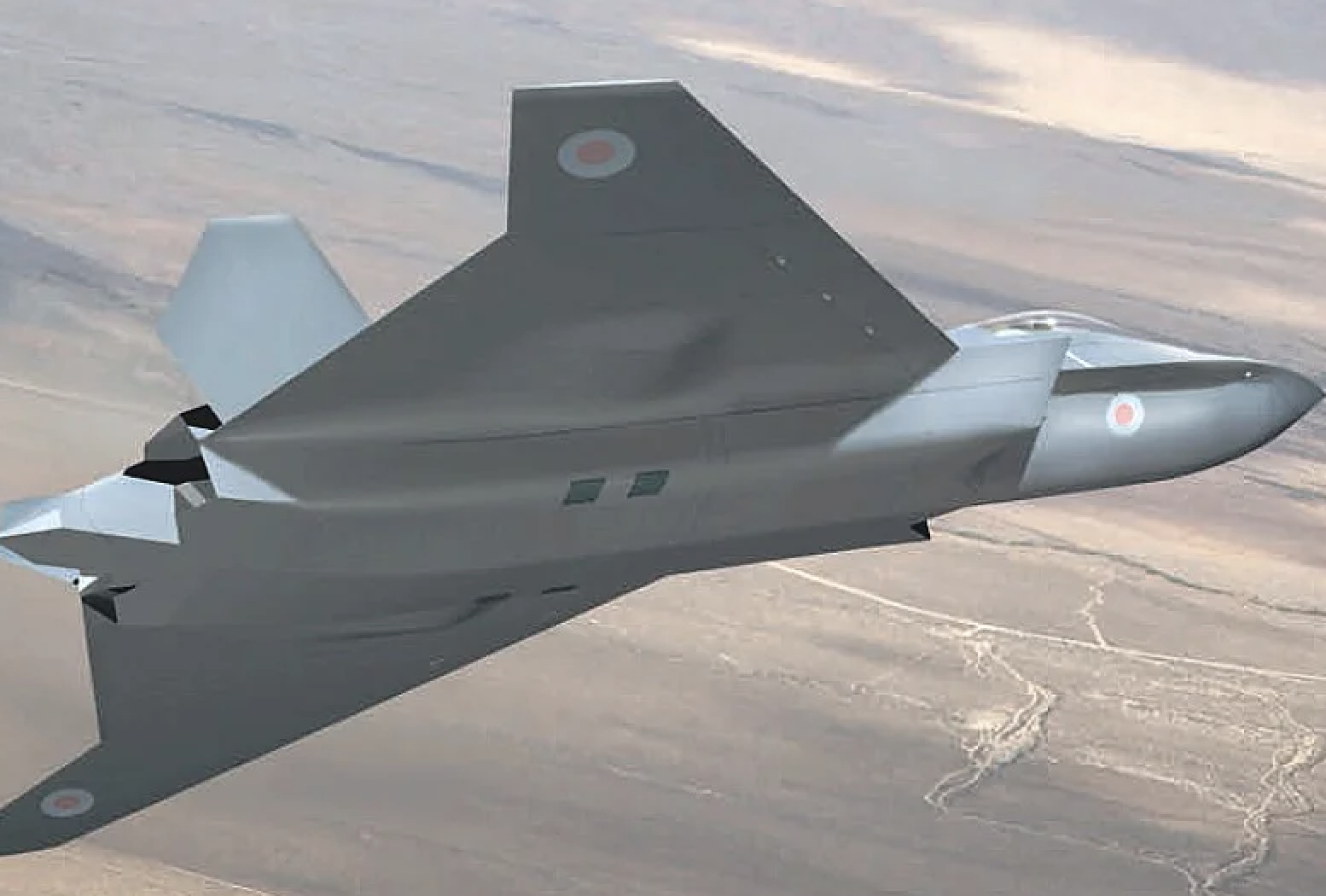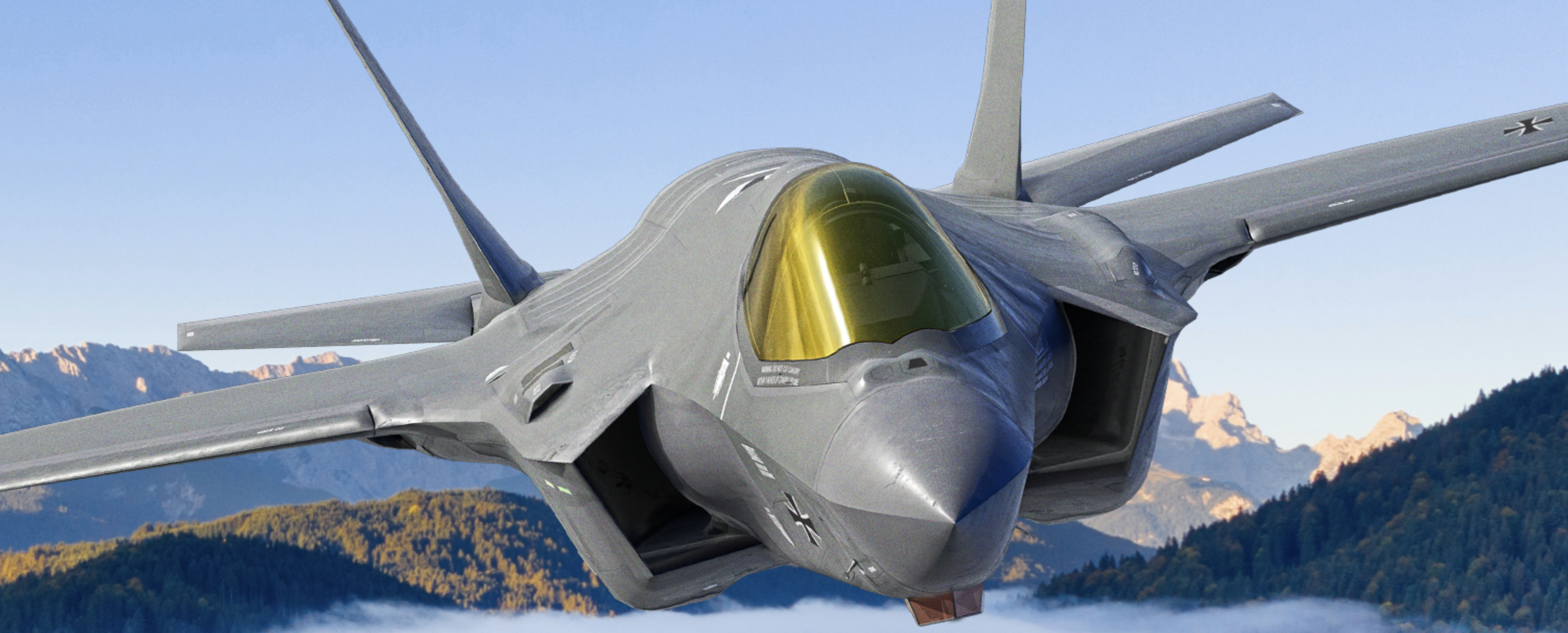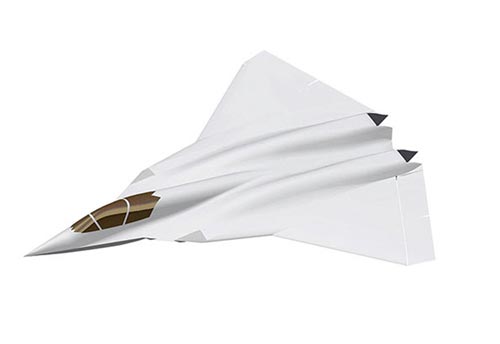By Pierre Tran
Paris – The French arms procurement office has signed a contract worth €3.2 billion ($3.4 billion) for work on the technology demonstrator phase 1B of the European future combat air system with Airbus, Dassault Aviation, the Eumet engine joint venture, and Indra, the companies said Dec. 16 in a joint statement.
France, Germany and Spain back the FCAS, with its new generation fighter (NGF) at the heart of the high-tech project, seen as a symbol of European autonomy and sovereignty at a time of rising conflict around the world.
“On behalf of the governments of France, Germany and Spain, the French General Directorate for Armament (DGA) has awarded to Dassault Aviation, Airbus, Indra, Eumet and their industrial partners the contract for the Demonstrator Phase 1B of the Future Combat Air System (FCAS),” the companies said.
“This landmark contract, amounting to €3.2 billion, will cover work on the FCAS demonstrator and its components for about three and a half years,” the joint statement said.
Eumet is a Franco-German joint venture formed by Safran Aircraft Engines and MTU Aero Engines.
The first tranche of the contract was worth “more than €3 billion,” with the total amount of the contract rising to almost €8 billion with the Phase 2 option, the French armed forces ministry said in a Dec. 15 statement.
The new fighter would replace the Rafale and Eurofighter Typhoon for the partner nations in 2040.
Phase 2 is due to last a further three years, bringing the FCAS to first flight tests in 2029, Indra, the Spanish industrial partner, said in a statement.
That pushes back the maiden flight of a demonstrator fighter jet by around two years, due to tough industrial negotiations which delayed the contract.
The three partner nations planned to celebrate the launch of the project with a ceremony in Madrid, the French defense ministry said, without giving further details.
Indra will receive more than €600 million in funding from Phase 1B, the company said, helping its technological development of the combat cloud, a large command and communications network underpinning the FCAS.
The combat cloud will link up the new fighter jet with the remote carrier drones, as well as other assets in the air, at sea, on land, and in space, allowing the services to benefit from “collaborative combat,” the French ministry said.
The key partners Airbus Defence and Space and Dassault reached an industrial agreement on the latter’s leading role as prime contractor, allowing the contract finally to be signed.
The industrial agreement had been reached, Dassault executive chairman Eric Trappier said Dec. 1 in Le Figaro, a French daily owned by the Dassault family.
“We have won all the guarantees to open a new phase, which I would like to point out, is an upstream study and not yet a program,” he said.
“We are confirmed in our role as prime contractor and architect for the aircraft and we have obtained protection of our industrial know-how and our technology,” he said.
That meant intellectual property rights would be shared on work conducted in common by the industrial partners, but technology owned by Dassault would remain outside that pool of information.
Airbus DS had long sought to gain access to that privileged technical information, as that gave the insights of “know-why” to the know-how.
News of the European FCAS contract follows the Dec. 9 announcement of Japan joining the U.K. and Italy to build a new fighter jet under the global combat air programme (GCAP), bringing together technology from the U.K.-led Tempest and Japanese F-X projects.

BAE Systems will work with the Japanese prime contractor Mitsubishi Heavy Industries and Italian partner Leonardo, opening up an unprecedented European-Japanese cooperation in building an advanced fighter jet.
It remains to be seen whether Sweden and Saab will join the project pursued by London, Rome and Tokyo. Sweden appears to have cooled off from a previous willingness to team up with the Tempest project.
Also on the fighter news front, Germany won Dec. 14 approval from the powerful parliamentary budget committee to spend €10 billion as part of an announced plan to buy 35 F-35 fighters, to replace the German Tornado fleet, which carries U.S.-built B61 nuclear bombs for Nato.

There is a line of German high-level political thought which calls for a strong link with France by cooperating through the FCAS project, to avoid a dependence on U.S. support. Berlin’s pursuit of European autonomy stems from perceived political instability of the Trump administration, and uncertainty stemming from the U.S. presidential election in a couple of years.
But there appears to be a distinct chill in relations between French president Emmanuel Macron and German chancellor Olaf Scholz, and it remains to be seen how hard the two heads of state will pursue European sovereignty in the military field.
On the domestic front, Macron is under pressure on his planned reform of French pensions, while Scholz has pledged to boost military spending after years of austerity, but a deep bureaucracy appears to have slowed the execution of orders for modern kit.
For Paris, the demonstrator contract was seen as making clear the project would be led by a French company, namely Dassault, which stoutly refused to share a leadership sought with determination by Airbus DS, based in Germany.
“This agreement, which equally confirms the central role of Dassault Aviation in this project, will allow the preparation of the FCAS demonstrator as part of phase 1B, which precedes the development and production phases,” the French defense ministry said in a statement.
On the industrial front, it remains to be seen how Airbus and Dassault will work together, as the company cultures are highly different. The demonstrator is just the beginning, as Trappier pointed out.
FCAS is estimated to be worth €80 billion-€100 billion, if the program gets off the ground.
Photo Credits: Featured Photo in sequence: FCAS: https://www.militaryfactory.com/aircraft/detail.php?aircraft_id=2048
Luftwaffe F-35: https://www.flyingmag.com/germany-set-to-buy-35-f-35-fighters/


